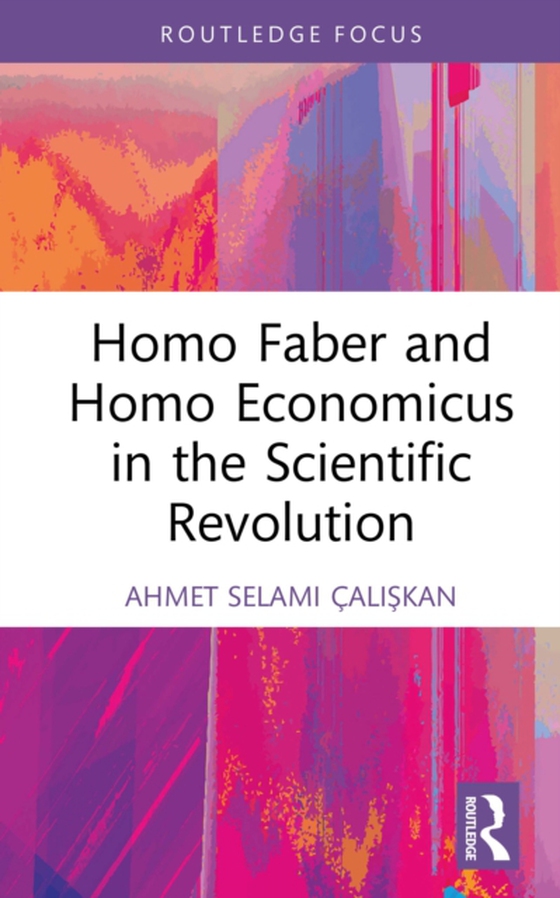
Homo Faber and Homo Economicus in the Scientific Revolution e-bog
177,19 DKK
(inkl. moms 221,49 DKK)
This book tells the story of how the "e;servile arts"e; turned into the "e;mechanical arts,"e; which in turn developed into a kind of philosophical apparatus that made modern science possible. Why did the scientific revolution take place in the West and not in China or the Islamic world? How did humanity's progress in science and technology, which had been moving along at a rela...
E-bog
177,19 DKK
Forlag
Routledge
Udgivet
24 april 2022
Længde
126 sider
Genrer
HBAH
Sprog
English
Format
pdf
Beskyttelse
LCP
ISBN
9781000614947
This book tells the story of how the "e;servile arts"e; turned into the "e;mechanical arts,"e; which in turn developed into a kind of philosophical apparatus that made modern science possible. Why did the scientific revolution take place in the West and not in China or the Islamic world? How did humanity's progress in science and technology, which had been moving along at a relatively steady pace for tens of thousands of years, end up taking such an unprecedented leap? Subjecting the history of thought and technology to a novel interpretation based on the relationship between theory and practice, Ahmet Selami alA AYkan argues that the industrial revolution and modern science-and the scientific revolution that preceded both-did not alone suffice to sort out the philosophical problems of their day or to produce the institutions of the modern age. Both required a new sort of human: Homo economicus faber. Tracing the historical emergence of this figure and its persistence in our own age, this book offers an innovative and holistic assessment of the economic, cultural and political effects of centuries of interaction between East and West and their repercussions in our world today.
 Dansk
Dansk

